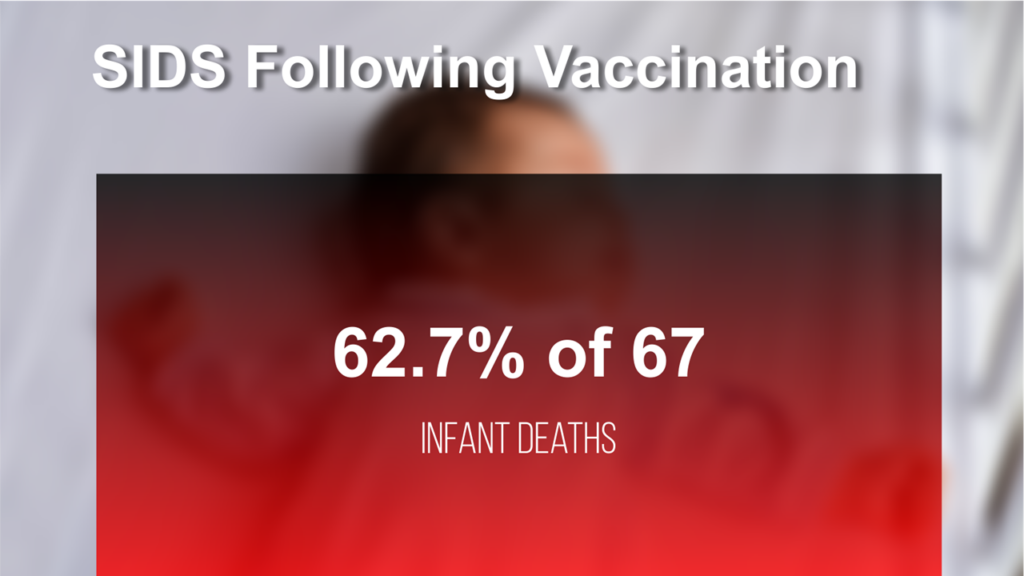Lessons from the Netherlands 2024 euthanasia report.
“once legal euthanasia and assisted suicide will expand in both numbers and reasons for approving and providing death.”
Alex Schadenberg
Executive Director, Euthanasia Prevention Coalition
On March 26, 2025 I published an article concerning the 2024 Dutch euthanasia report. My article was based on an article by Bruno Waterfield who reported for The Times on March 24 that there were 9958 reported euthanasia deaths in 2024 in the Netherlands which was up by 10% from 9068 in 2023. According to the report, Netherlands euthanasia deaths have increased by 88% since 2014.
Waterfield also reported that there were 219 psychiatric euthanasia deaths in 2024 which was up from 138 in 2023 and 115 in 2022. Euthanasia for psychiatric reasons has increased by 59% since 2023 and nearly 250% since 2020.
The growth of euthanasia and the acceptance of euthanasia for psychiatric reasons in the Netherlands is concerning.
The Netherlands experience indicates that euthanasia must never be extended to psychiatric reasons.
Canada needs to heed the United Nations Committee on the Right of Persons with Disabilities warning and acknowledge the experience with euthanasia for psychiatric reasons in the Netherlands.
But there is more.
 |
| Professor Theo Boer |
On April 8, 2025 I published an article by Theo Boer who is a professor of health ethics at the University of Groningen and a former member of a Netherlands government euthanasia oversight committee.
Boer wrote a profound article that was published by Le Monde on April 8, 2025 urging France to learn from the Dutch and not legalize euthanasia. (The text was google translated).
In his article Boer explains the euthanasia trends in the Netherlands. Concerning the growth of euthanasia Boer points out that the trend will likely continue. He wrote:
…the (Netherlands government euthanasia oversight) committee’s chairman, Jeroen Recourt, predicts that the curve will continue to rise in the years to come. This is no longer a fluctuation: it is a structural trend.
Boer explains that even though the number of total deaths in the Netherlands is increasing that the percentage of euthanasia deaths is also increasing:
from 5.4% of deaths in 2023 to 5.8% in 2024. In 2017, in some regions, this percentage had already reached 15%, and it is expected to have increased since then. Euthanasia is no longer exceptional: in many cases, it is becoming just another end-of-life option.
Concerning the phenomenon of couple euthanasia Boer writes:
The emergence of “euthanasia for two,” which allows couples or siblings to die together, is one such trend. In one year, the number of these planned deaths in tandem has jumped by 64%, reaching 108 deaths in 2024.
Boer also comments on the growth of euthanasia for psychiatric reasons:
Above all, euthanasia for psychiatric disorders has increased by 59%, affecting people who are sometimes very young. Patients who are physically healthy, but plunged into mental suffering that medicine struggles to alleviate, are now asking to die – and are succeeding. The number of cases related to dementia is also increasing rapidly.
Boer completes his concerns by stating:
With increasing “normality,” healthcare workers are asking themselves: “How far will we go? At what point will this stop being an act of compassion and become an automatic response to patients who refuse to accept a refusal?”
Boer states that the government has launched an investigation into the reasons for this increase and comments on the fact that the government is investigating the reasons for the increase in euthanasia deaths while they are also considering future expansions of the law to include:
assisted suicide to anyone over the age of 74, even in the absence of serious illness. The sole criterion would be age.
Based on the Netherlands euthanasia data and the warnings from Professor Boer, it is wrong to suggest that the euthanasia “slippery slope” is a fallacy.
Boer also points out that it is wrong to suggest that the same won’t happen in other countries. As Boer states:
all countries where euthanasia or assisted suicide have been legalized, we observe a continuous growth in the number of cases. This is not a Dutch exception. This is a dynamic at work everywhere medically induced death becomes an option.
Canada needs to heed the Netherlands warning. In Canada euthanasia has grown and expanded significantly. Euthanasia for psychiatric reasons alone remains prohibited until March 17, 2027. When examining the Netherlands euthanasia data it is clear that no country should follow their path.
Countries that are currently debating the legalization of euthanasia or assisted suicide must change their direction. Caring is always good and necessary killing is dangerous.
Based on the Netherlands, Belgium, Canadian, Oregon and California data, it is clear that once legal euthanasia and assisted suicide will expand in both numbers and reasons for approving and providing death.
Let’s be clear. There is another way. Legalizing euthanasia or assisted suicide is not necessary for providing care and comfort in difficult cases. Further to that, no one is required to accept medical treatment to prolong their life, especially when the treatment has questionable benefits or has onerous outcomes.
Killing is not compassionate, but rather it is abandonment. Killing is not a solution. O
nce killing is approved that the acceptance and promotion of killing expands.















